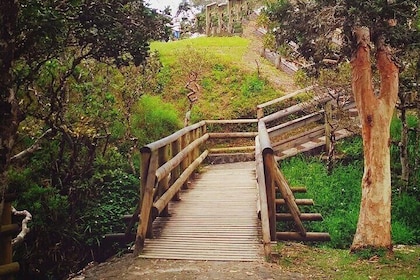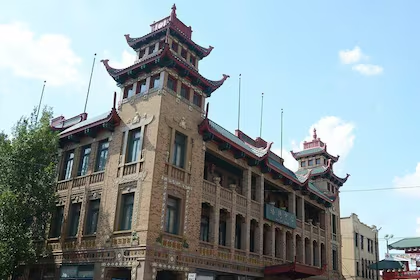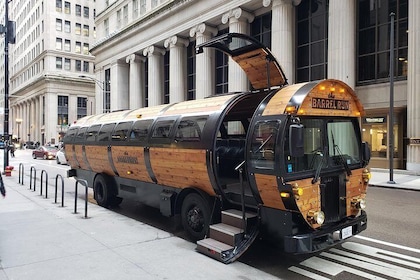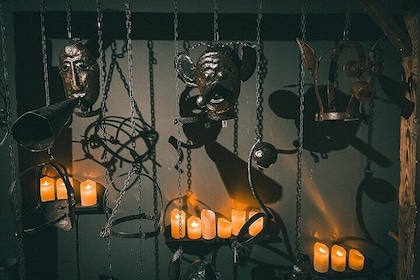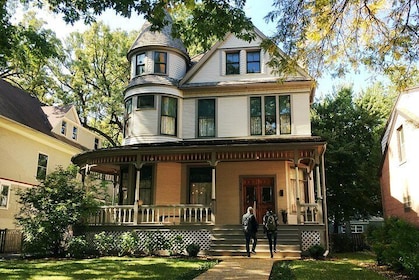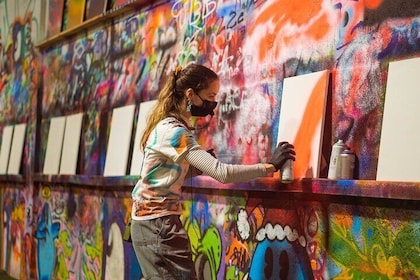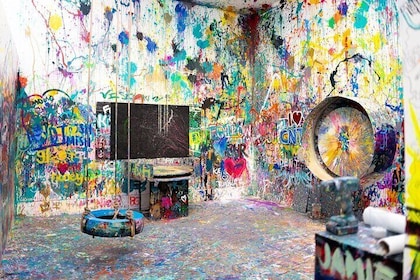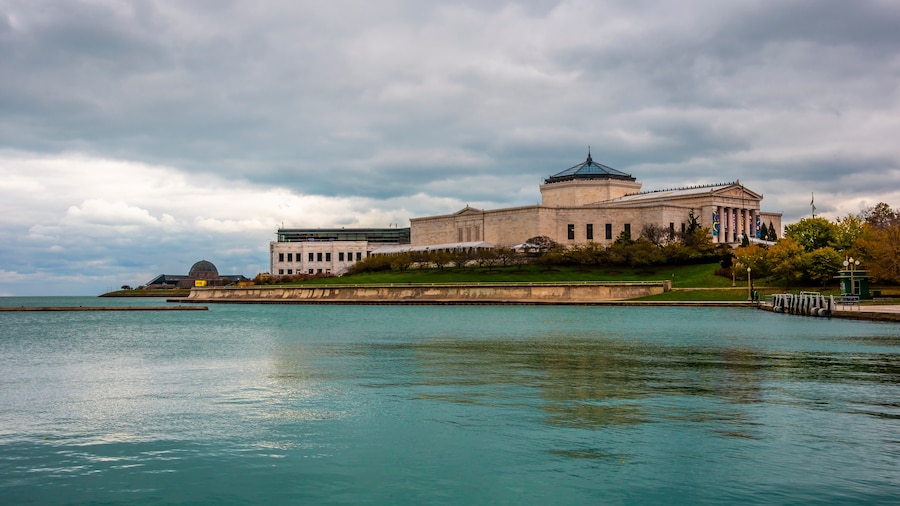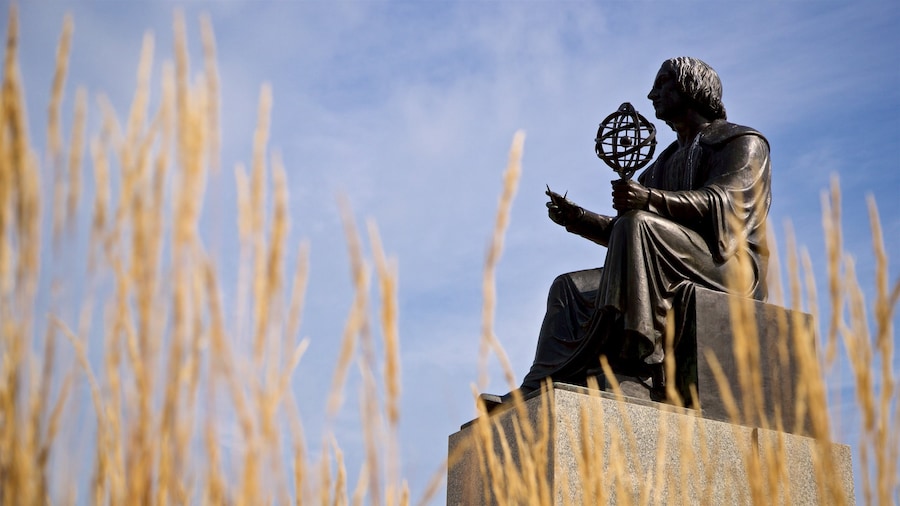Explore hidden worlds, ancient secrets, and bizarre creatures – and a dinosaur terror named Sue.
The Field Museum of Natural History may be one of its older museums, gifted to Chicago back in 1893, after the World's Columbian Exposition. But it sure knows how to pull in the modern crowd. You can be shrunk to the size of a pin, and see the world from the point of view of an ant (at the Underground Adventure). You can descend into the 5,000 year-old tomb of the last Pharaoh of Egypt's fifth dynasty (at the Inside Ancient Egypt exhibit). You can even get to meet a T-Rex named Sue, who is the best-preserved example of the most ferocious dinosaur to walk the planet.
The museum lies in one of Chicago's hottest tourist zones, the Museum Campus, which sits on the southern edge of Grant Park. That also includes the Adler Planetarium and the Shedd aquarium, and Soldier Field, home to the Chicago Bears. The Field Museum itself was, until recently, the most popular attraction in Chicago. The fish of the neighbouring Shedd aquarium have outshone its fossils, rocks and mummies for the last couple of years.
As well as an abundance of typical museum fare – vast collections of dinosaurs (roaming the Evolving Planet exhibit), cases of gems (sparkling in the Grainger Hall of Gems), thousands of animals preserved in dramatic and intimate dioramas (in the Mammals of Asia and Africa exhibits) – the Field Museum likes to pick up on the odd-ball stories. A pair of man-eating lions that were alleged to have killed over 100 workers on a Tanzanian railway line is preserved in the Lions of Tsavo exhibit. They were shot in 1898 by Lt. Col Patterson, and kept as rugs, until rescued by the museum.
You can also peer into the world of America's first peoples, long before Columbus, with an authentic reconstruction of a Pawnee Earth Lodge. It comes complete with buffalo-robed beds to sit on, a fire to cook on, and a starry night sky to gaze at. And advances in 3-D imaging scanning technology have allowed the reconstruction of the exact appearance of an Egyptian woman and a teenager, mummified inside their ancient sarcophagi. You can gaze on their faces, lying as if asleep in their coffins. Rocks, bones and mummies – they really do come to life, it seems, at the Field.




















